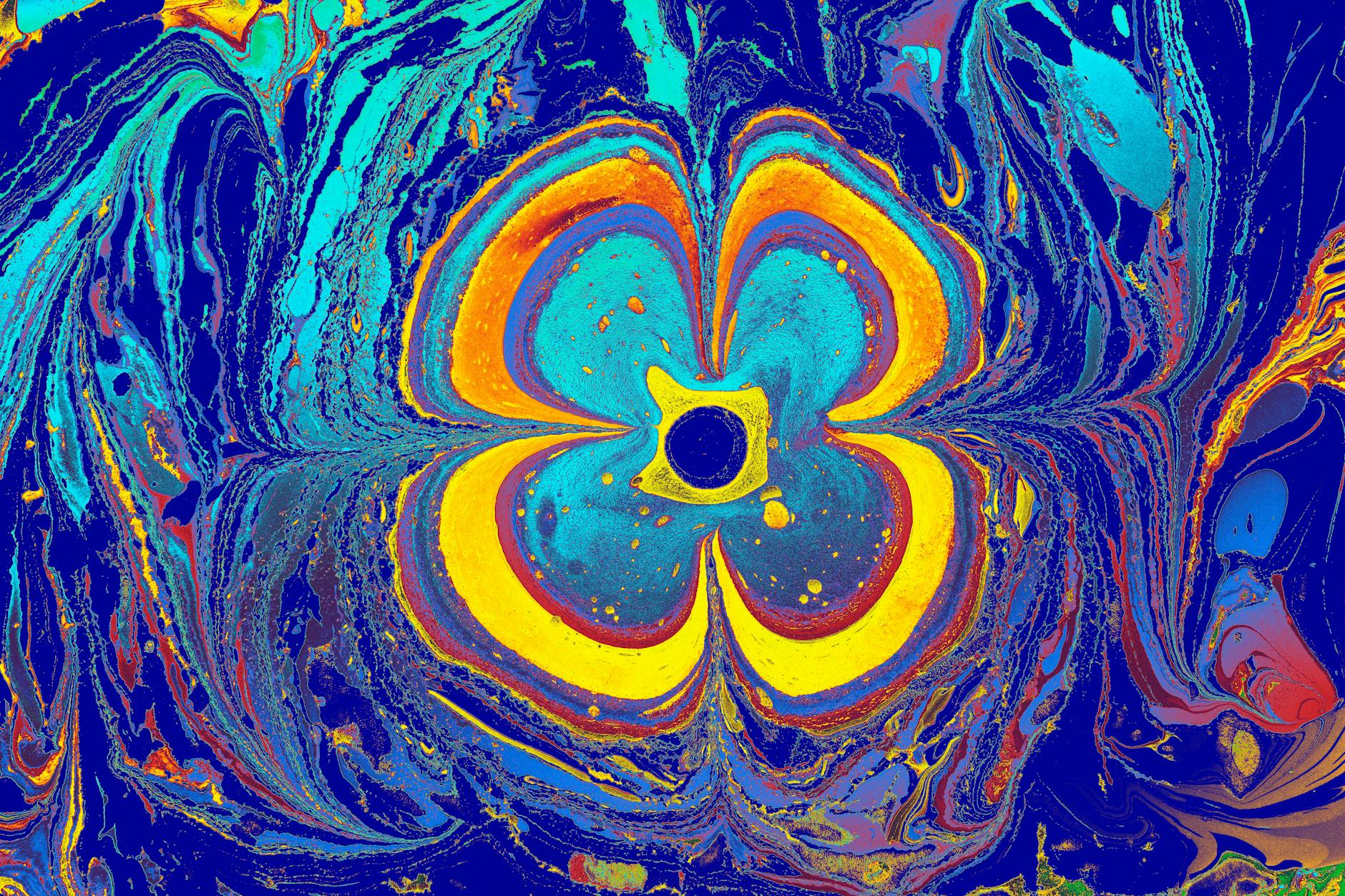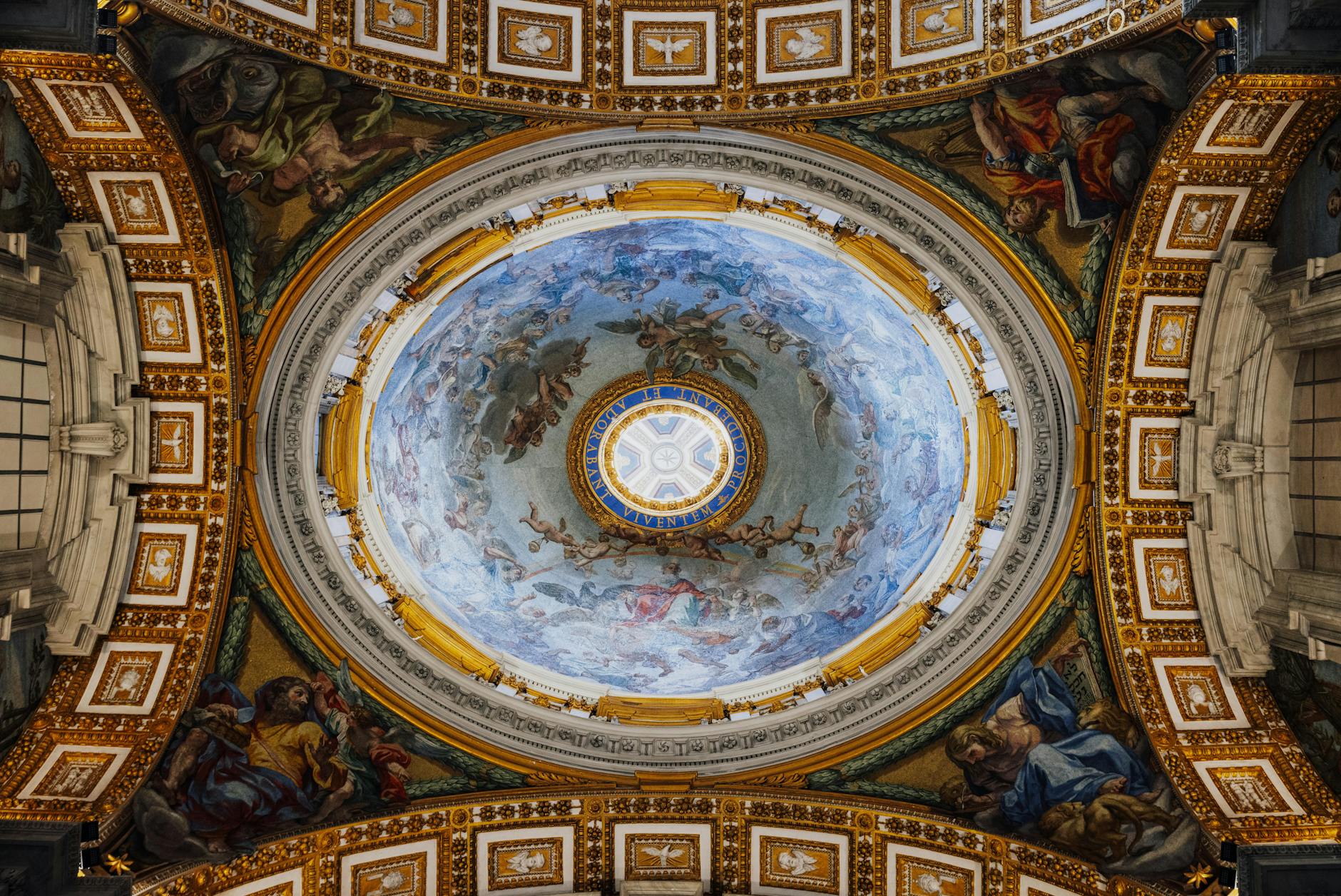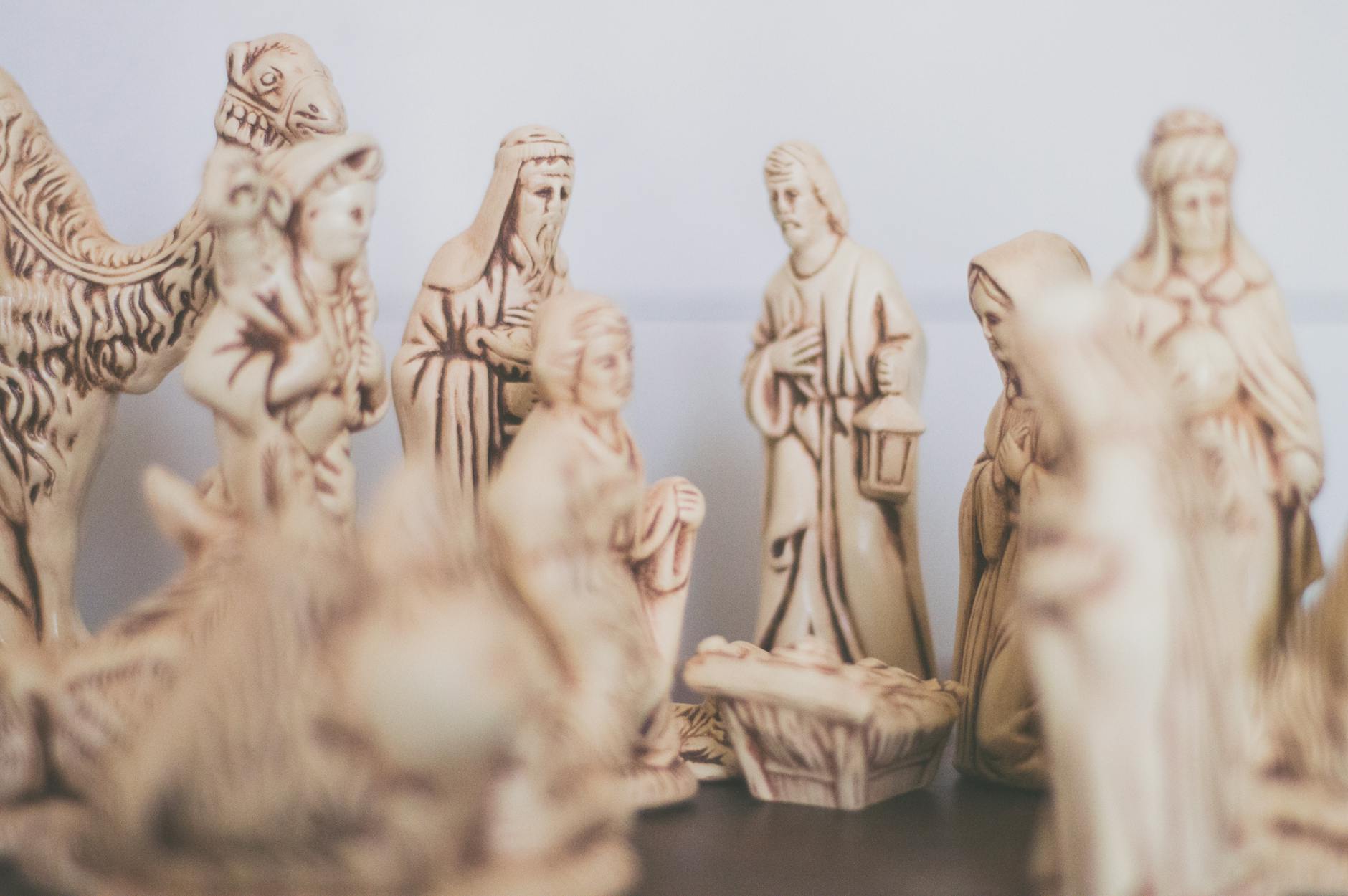Psychedelic art, a visual manifestation born out of the psychedelic movement, has fundamentally transformed the realm of artistry throughout history. This cultural phenomenon began to flower in the 1960s, deeply interwoven with the counterculture and the widespread use of hallucinogenic substances. Its influence has permeated multiple art movements, seamlessly blending spiritualism, surrealism, and unique aesthetic attributes to generate trippy visuals that elicit awe-inspiring responses from viewers.
In the early 20th century, the surrealism movement nestled the seeds of what would later evolve into psychedelic art. Surrealist artists, such as Salvador Dalí and Max Ernst, pushed the boundaries of the unconscious mind’s capacity to render bizarre imagery. These artists’ works presented dream-like or highly imaginative scenarios that challenged the norms of visual artistry, thereby opening audiences’ minds for the future psychedelic movement.
With the onset of the 1960s counterculture, the concept of psychedelic art burgeoned. More than mere artistry, it was an expression of a rising social-cultural revolution against established norms and values. Fueled by the anti-establishment sentiment, free love ideologies, and the growing popularity of psychedelic substances like LSD, this counterculture-inspired and fostered the psychedelic art movement.
A primary characteristic of psychedelic art is its attempts to mimic the altered consciousness and perception individuals experience while under the influence of hallucinogens. Engaging viewers with a barrage of vibrant, contrasting colors, intricate details, swirling patterns, and distortions or superimpositions of reality, psychedelic aesthetics generate trippy visuals that are both mind-bending and consciousness-expanding.
Visionary art, a term coined in the late 70s by artist Alex Grey, became a significant offshoot of the psychedelic art movement. Defined as art that emerges from inner experiences, its spectrum contains works inspired by mystical and spiritual experiences. It centres upon the connections between self, other beings, and the universe, often evoking feelings of transcendental unity and interconnectedness.
Iconic artists such as Alton Kelley and Stanley Mouse, with their distinctive style combining Art Nouveau and psychedelic aesthetics, contributed to the flowering of psychedelic and visionary art in the rock music scene. Their works adorned posters, album covers, and promotional materials for bands like Grateful Dead and Journey, thus introducing the beauty of psychedelic art to a wider audience.
In recent times, the psychedelic art style continues to evolve and influence contemporary artistry. Modern artists borrow from the genre to create digital mediums, animations, and graphic designs, sprinkling trippy visuals into everyday experiences like watching music videos or browsing through Instagram feeds.
The resurgence of interest in psychedelics in the current age, aptly named the “Psychedelic Renaissance,” is also fuelling a resurgence in psychedelic art, with a new generation of artists revisiting the iconic style to express their hallucinogenic experiences and spiritual transcendence. The art world has seen an influx of digitally created psychedelic works, leveraging advanced technologies to provoke deeper visual experiences.
In closing, the psychedelic art movement, burgeoning from counterculture revolutions and spiritual pursuits, has traversed a unique journey through history. In the current digital age, this style of art continues to evolve and influence modern artistic outputs. The blend of surrealism and spiritualism seen in psychedelic and visionary art will inevitably continue to impact art movements, delivering a blend of nostalgia and novelty in its visually stunning aesthetics.
By offering an intricate visual representation of enhanced human consciousness, psychedelic art pushes the boundaries of imagination. Not just a counterculture phenomenon, it’s an enduring testament to humanity’s never-ending quest to understand and depict the space where reality meets realms beyond comprehension.








